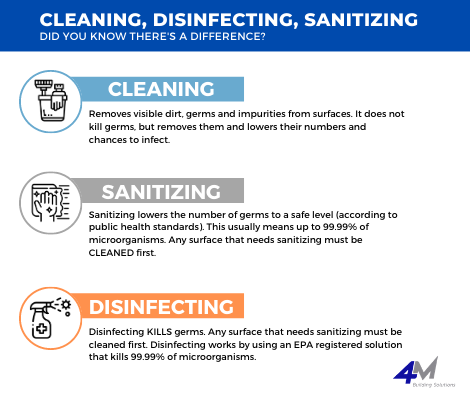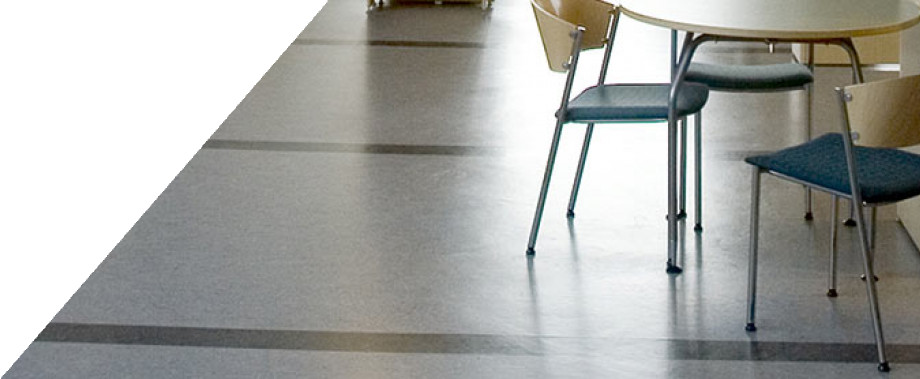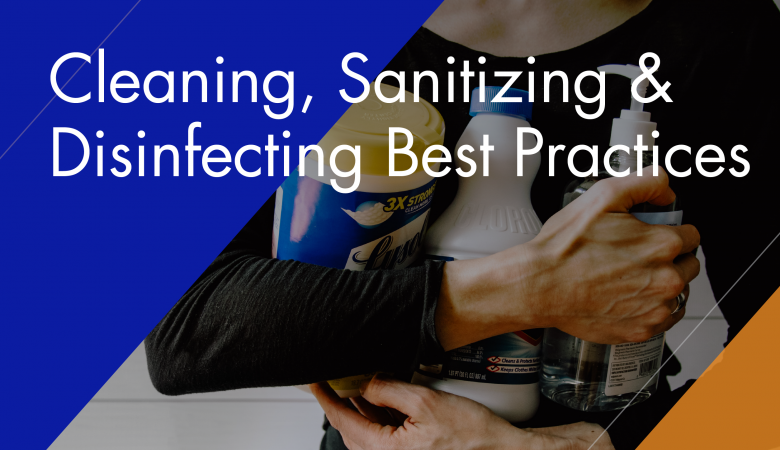Best Practices for Cleaning, Sanitization, and Disinfection
As states move further into their respective “Re-Entry Plans” that have been- put in place in response to COVID-19, businesses are facing new challenges regarding the safety of workers and tenants.
To reduce the risk of exposure to COVID-19 in the workplace, employers should develop a preparedness and response plan that includes some form of testing employees for the symptoms of COVID-19. The CDC has recommended non-invasive screenings of employees, tenants, and all visitors to include body temperature checks and symptom questionnaires prior to entering the building/facility workspace. Employers can implement questionnaires regarding symptoms and exposure, temperature checks at regular intervals, and implementing testing for COVID-19. It is also important to remember that employers must treat information learned from employee screening as confidential medical information.
Due to the COVID-19 pandemic, having a healthy building/facility is the top priority for everyone. This is why it’s important to look at the “best practices” for cleaning systems in general and look for ways to optimize the basics.
The basic steps for a sanitary environment are cleaning, sanitizing, and disinfecting:
- Clean first to remove grease, oil, dirt, dust, etc. from all surfaces. The EPA’s list of approved disinfectants recommends as best practices that the surfaces to be disinfected be pre-cleaned, regardless of the disinfectant used. Cleaning is an important step in creating a surface environment conducive to sanitizing and disinfecting.
- Sanitize second by applying a sanitizing agent as the next step of cleaning to reduce the residual microbial pathogens to a safe level. Make sure the sanitizing solution is at the required levels to provide adequate sanitization. It is also important to prevent any form of cross-contamination.
- Disinfect third. When disinfecting, dwell time is extremely important, and different solutions and pathogens have different dwell times. That is the amount of time the disinfecting agent must remain on the surface to achieve the maximum antimicrobial effect. Dwell time is so important because once the disinfectant is wiped off, its antimicrobial effect is gone.

So, when it comes to your employees and tenants’ safety; be proactive with an ongoing scheduled disinfecting program! This helps prevent the spread of any asymptomatic and active COVID-19, other viral bacterial germs, and pathogens. It only takes one infected person to spread COVID-19 throughout an entire facility and infecting numerous others.
Need help maintaining a healthy workplace? At 4M, we can help you make sure your environment is healthy and germ-free. We pride ourselves on delivering the best, innovative, safe, and sustainable cleaning and service solutions for your facility and providing peace of mind for all occupants. CLICK HERE to contact us.


